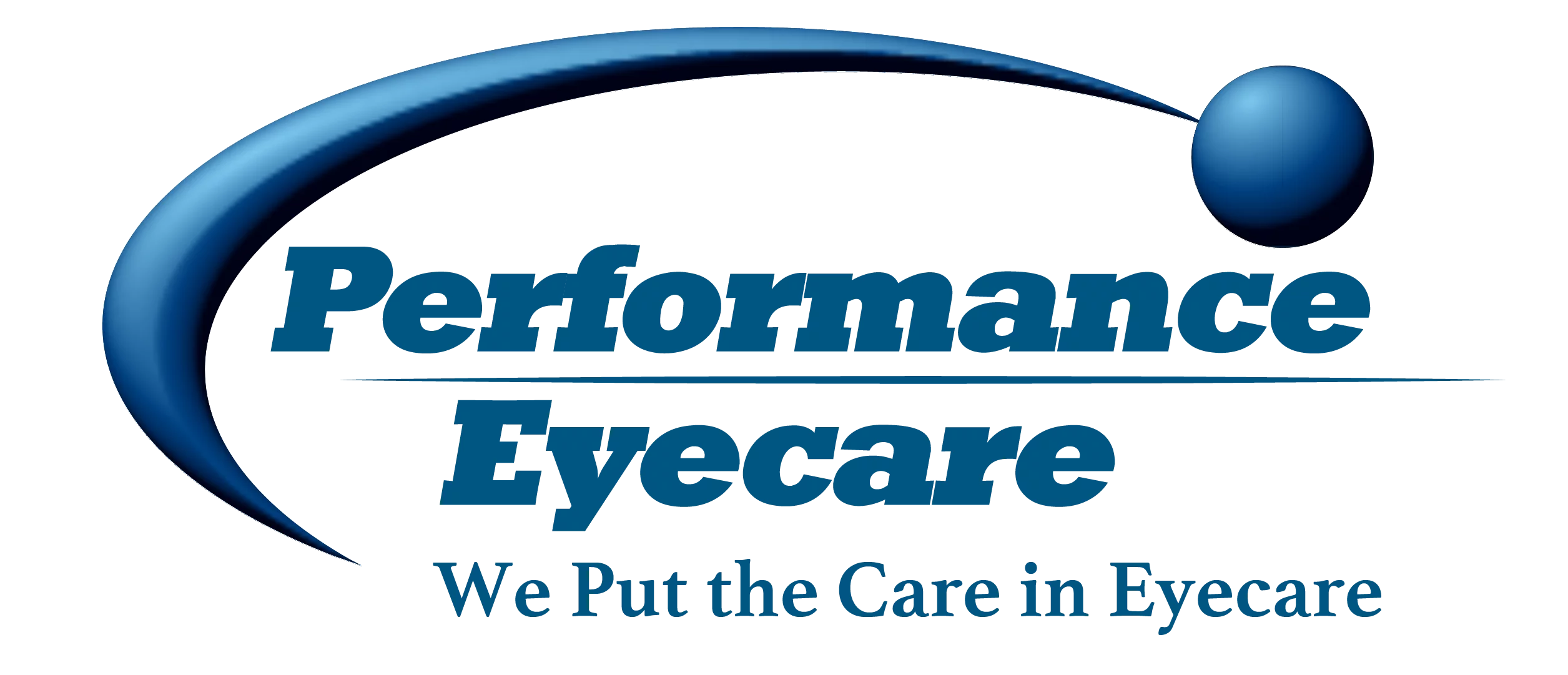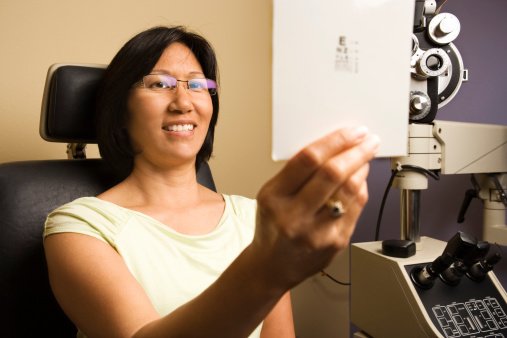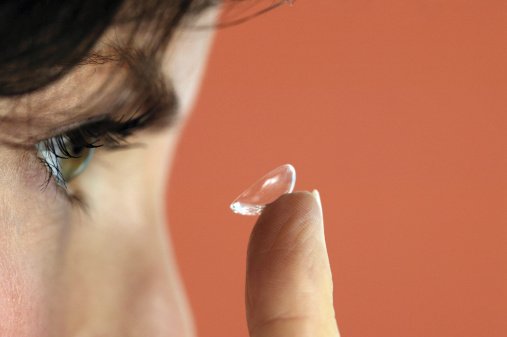
Stylish frames to look younger!
Getting older doesn’t mean you have to settle for the grandma look when it comes to glasses. Take a look at these tips to consider the next time you pair a new set of frames. As noted by Julyne Derrick of Beauty.About.com, there are many frames and styles that will help you achieve a more … Read more




